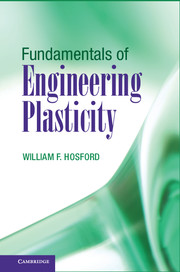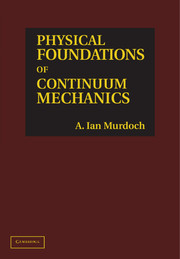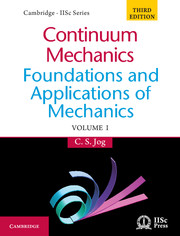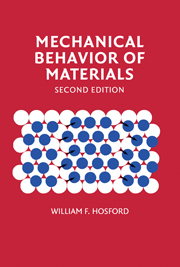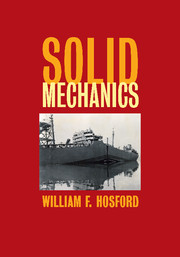Fundamentals of Engineering Plasticity
This book is ideal for those involved in designing sheet metal forming processes. Knowledge of plasticity is essential for the computer simulation of metal forming processes, and understanding the advances in plasticity theory is key to formulating sound analyses. In this book, William Hosford makes the subjects simple by avoiding notations used by specialists in mechanics. R. Hill's authoritative book, Mathematical Theory of Plasticity (1950), presented a comprehensive treatment of continuum plasticity theory up to that time; although much of the treatment in this book covers the same ground, it focuses on more practical topics. Hosford has also included recent developments in continuum theory, including a newer treatment of anisotropy that has resulted from calculations of yielding based on crystallography, analysis of the role of defects, and forming limit diagrams. This text also puts a much greater emphasis on deformation mechanisms, and includes chapters on slip and dislocation theory and twinning.
- Practical focus on the aspects of plasticity necessary to design metal forming processes
- Simplified notation designed for process designers
- Modern authoritative treatment
Product details
July 2013Hardback
9781107037557
276 pages
235 × 156 × 20 mm
0.57kg
230 b/w illus.
Available
Table of Contents
- 1. An overview of the history of plasticity theory
- 2. Yielding
- 3. Stress and strain
- 4. Isotropic yield criteria
- 5. Bounding theorems and work principles
- 6. Slip-line field theory
- 7. Anisotropic plasticity
- 8. Slip and dislocations
- 9. Taylor and Bishop and Hill models
- 10. Pencil glide calculations of yield loci
- 11. Mechanical twinning and Martensitic shear
- 12. Effects of strain hardening and strain-rate dependence
- 13. Defect analysis
- 14. Effects of pressure and sign of stress state
- 15. Lower bound analysis
- 16. Plasticity tests.

